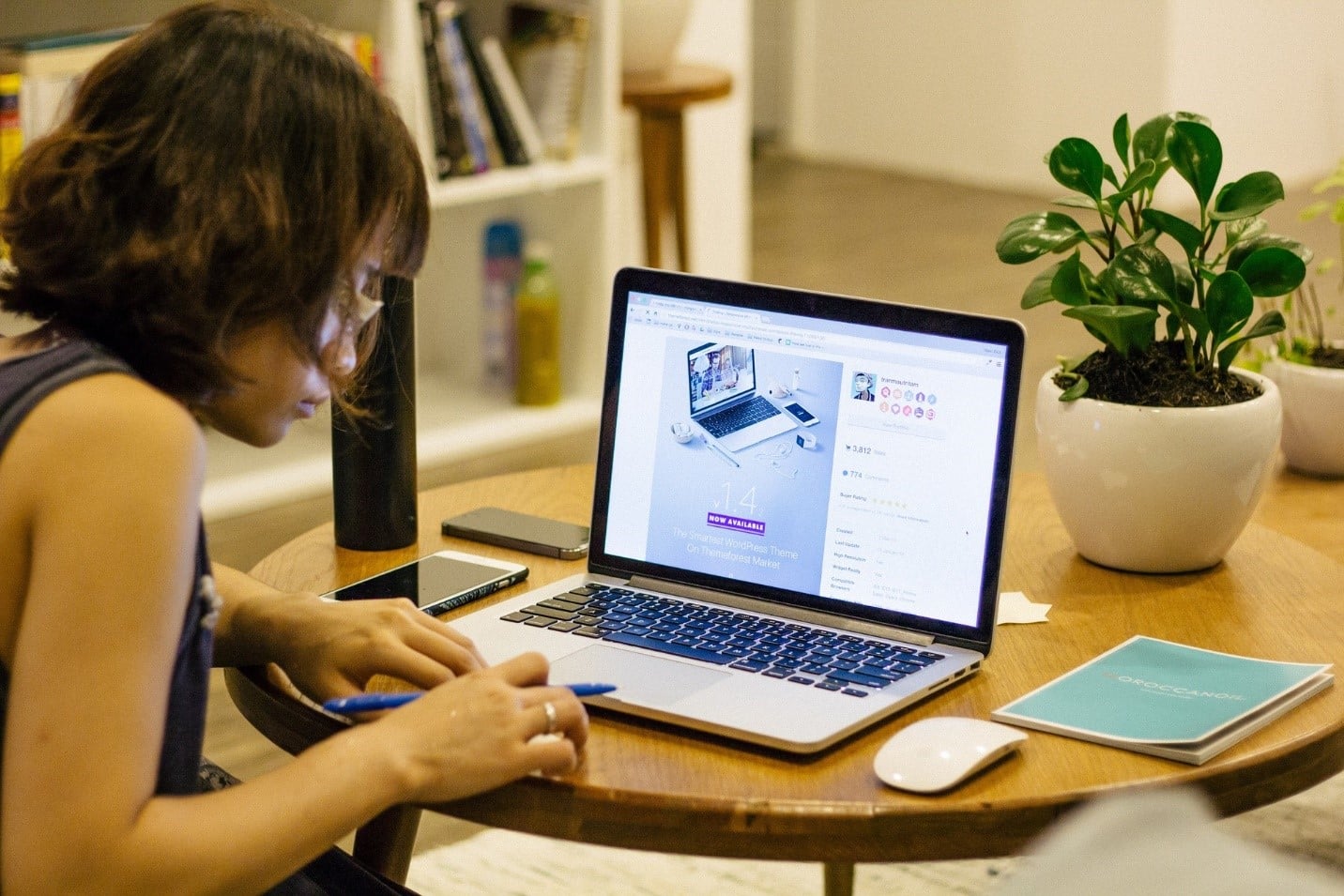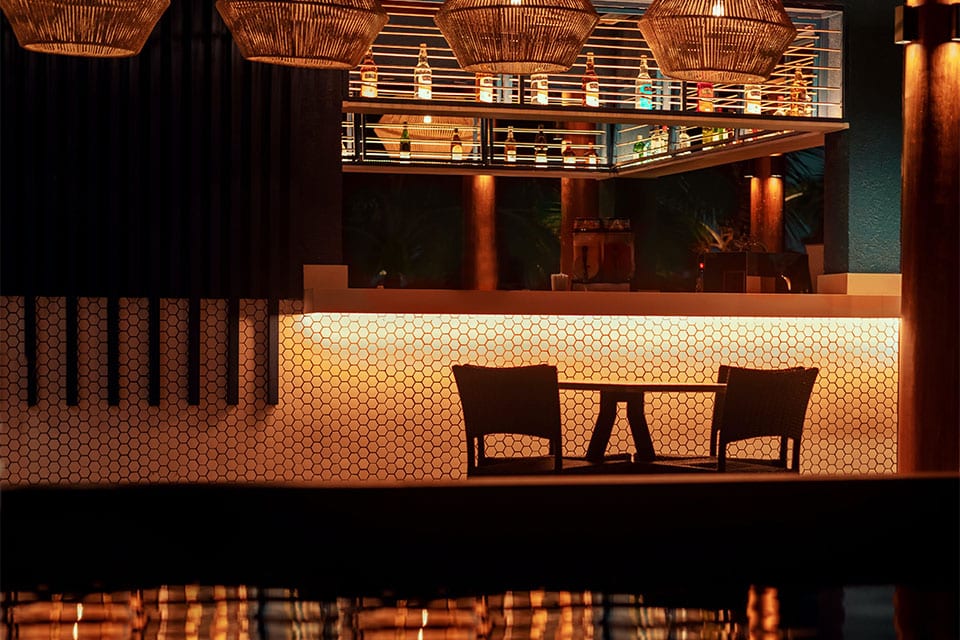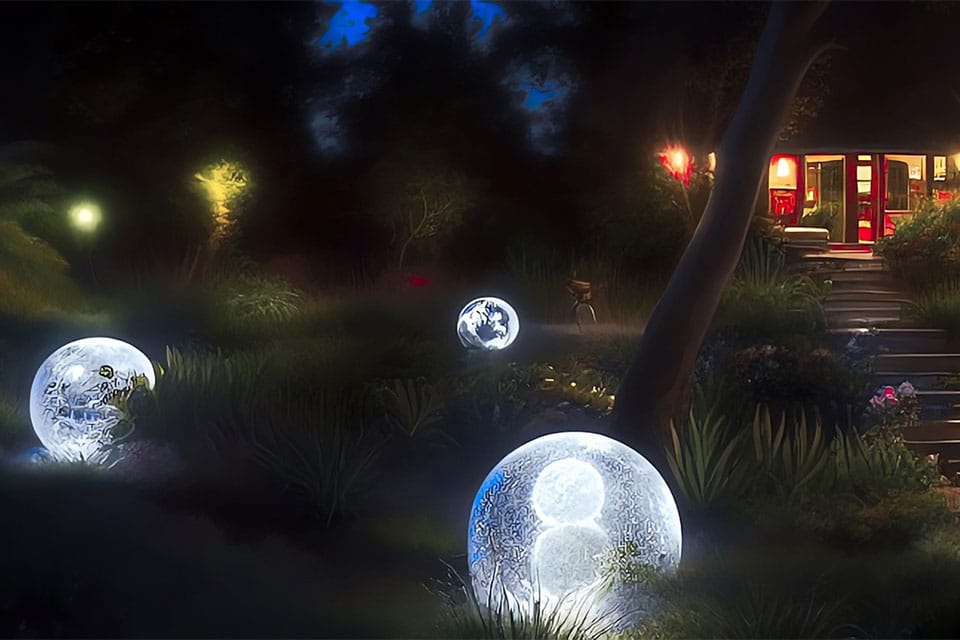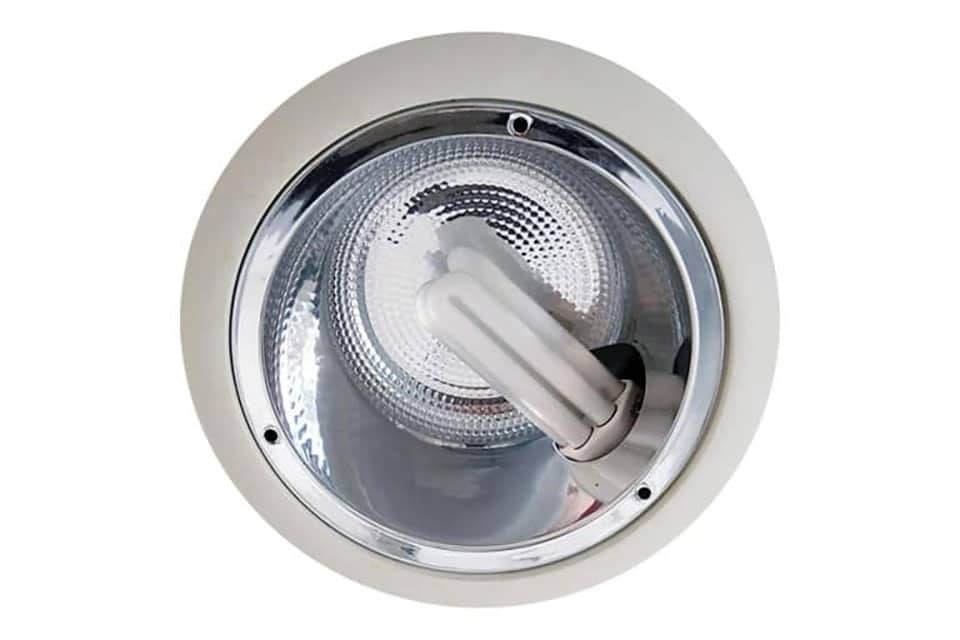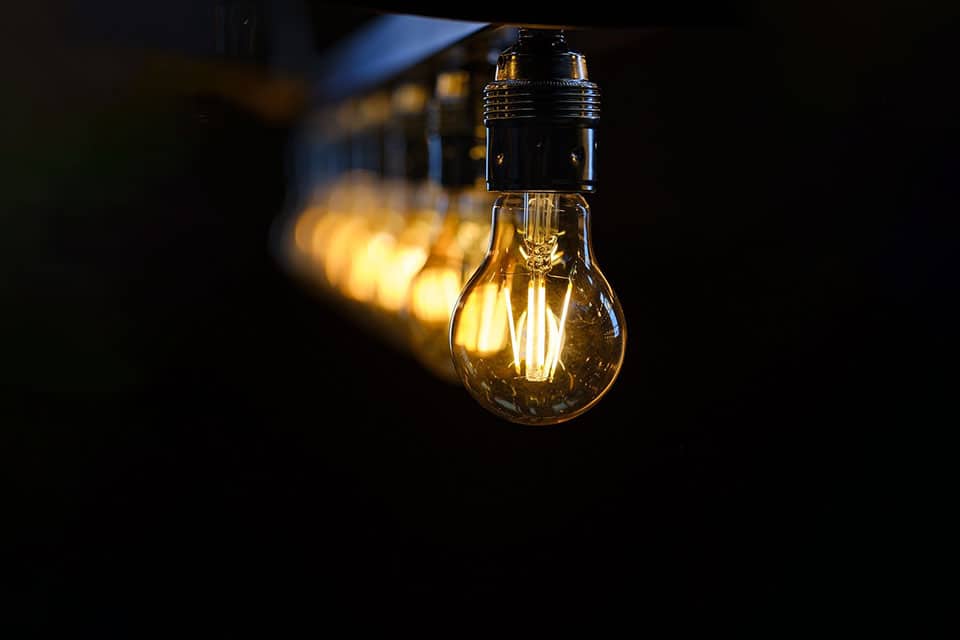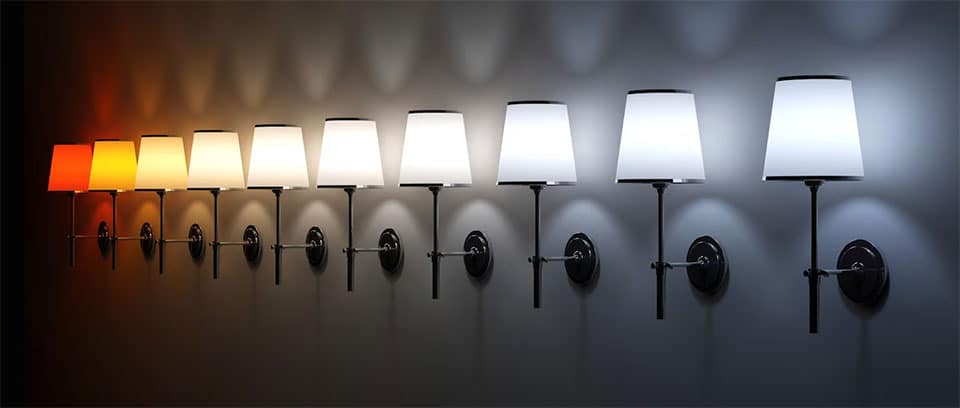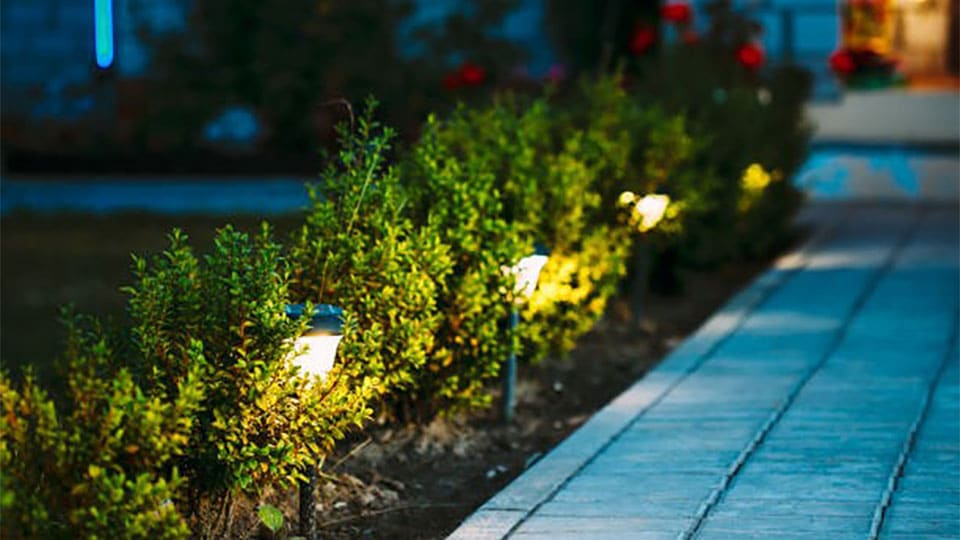This seems like the longest staycation of our lives, spent within the confines of our home. The pandemic has forced many of us into creating our very own mini workstation in the bedroom, living room or even basement. Dusting and decluttering the desk, making space on the dining table, investing in an office chair and upgrading your Wi-Fi are all part of our 2020 of working from home experiences.
Let’s face it though, many of us don’t think about lighting. You simply decided to make-do with some natural light from a solitary window or a fluorescent tube light in your room.
Dim or poor lighting has been linked to a drop in concentration and efficiency. The quality of lighting has been proven to affect your productivity levels. Poor lighting can aggravate eyestrain and cause headaches. This can especially take a toll on kids who are taking online classes and are constantly exposed to a computer or phone screen.
As we are settling into this ‘new normal’ existence, you might want to consider arming yourself with some bulbs and lampshades. We have endless options that can help you transform your space and make your new working environment more inviting and improve your focus throughout the day.
Keep it Layered
Think of your room as a cake that has a thick sponge layer, some frosting on top and finally a cherry on the top. Your room requires a similar kind of layered approach to reach the optimum level of lighting. In order to find the right balance between the layers of lighting, you need to do a little homework.
The Base – Ambient Light
The first layer is the ambient or general lighting, which uniformly distributes the light across your room and forms the groundwork. It provides your room with light through overhead fixtures like chandeliers and ceiling lamps.
Also, a wall-mounted fixture will give an overall brightness to the room. It will not take up floor space and prevent cluttering, which makes it a good option for your workstation.
The Functional Core – Task Lighting
Task lighting, as the name suggests, is for intensive work that demands focus and concentration. They are perfect for your home office as they reduce the strain on your eyes and help with productivity.
You can employ an adjustable desk lamp which you can place on your desk and move according to your convenience. Many professionals, like photographers, have multiple workbenches across the room. This lamp is ideal for people whose tasks are not limited to just one spot in their workstation. If your workbench does not allow room for a desk lamp, then you should go for a floor lamp.
Opt for cool white light for your lamps. The temperature of this color stimulates the brain and improves concentration and focus. It makes it easier for eyes to focus on details and perform tasks more efficiently.
The Final Visual appeal – Accent Lighting
You can incorporate accent lighting for the aesthetics of your office and add the cherry on the cake. You can fix a sconce light or a pendant light over your desk. This will save you some desk space and will provide ample light while working from home. Find the right fit for your room here from our range of pendant lights.
Many people make the mistake of thinking that ambient light will be enough. But it is not functional for a home office and needs to be complemented by task lighting and accent lighting. To add to this, it is best if your lighting is at different heights so that they do not clash with each other.
Can you see me?

Our interaction with the outside world is done through awkward video calls. Imagine that you have prepared for a virtual interview and even put on your best blouse or shirt (does the rest even matter?) for the day but all that can be seen is a dimly lit version of you. To save you from this, let us offer you some tips and tricks.
Make sure that the source of light is not behind you but in front of you. Your camera adjusts according to the source of light. If the source of light is behind you, your face will fail to be the focus of the camera and you’ll just look like a shadow. Not to mention, the people will be distracted by the orb of light behind you. This definitely isn’t the look you should be going for. You may need to re-arrange the position of your desk away from the window or follow our tips below.
Strike the right balance with light
Replace bare bulbs with a lampshade to scatter the light. Bare bulbs can cast a harsh light, while a lampshade can diffuse it. Lampshades can prevent shadows from falling on your face by lighting up the entire space. It will make your face look bright yet clear on a zoom call.
Select a dimmable daylight coloured bulb for your work room (it’s not the most relaxing colour so think work mode here). You can adjust the intensity of this bulb with a dimmer switch. If there is too much light on your face, it can distort the video quality during the call. With a dimmable bulb, you can control light and also (if any) the shadows cast on your face.
Pro Tip
It is ideal to have a backup light bulb before engaging in a Zoom call. Remember to stock up on your spare bulbs, the last thing you want is a flicker during that weekly catch up with your manager.
Sometimes rainy days can have an impact on the natural light and ruin the video conference. Even if your room is well lit, you should do a video test in advance to be better prepared. It will also help you to adjust the brightness of the room accordingly and light up your look.






















































































